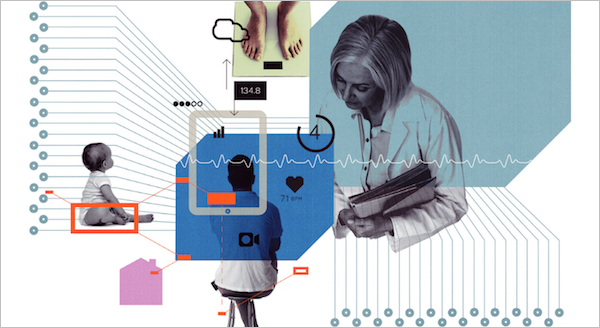Technologies for Reducing EHR Inbox Burden
Although the technological options to address EHR inbox burden are limited, the AAFP continues to research up-and-coming innovations designed to answer this need. Currently, two innovations stand out as leaders in this space.
Unified communications platform
Ease EHR inbox burden by adopting an all-in-one communication solution that improves patient access, builds efficiency into clinic communication and coordinates care between teammates.
AI assistants
AI assistants can help save time by displaying the most relevant information for each inbox task, improve and automate workflows, and provide behavior-based suggestions.
Pros:
• One unified inbox
• HIPAA-secure communications
• Shows practice’s number as an alias when used on a personal device
• Auto-documentation in the practice EHR
• Phone/messaging trees can be configured to route phone messages that map to message tree logic
• Streamlined message-handling in automated inboxes is also enabled through the ability to move messaging to appropriate care team members and tasking functionality
Cons:
• Does not decrease overall number or length of messages
• May encourage patients to use more electronic messages, increasing overall volume
• Additional cost incurred on top of that for the EHR

Featured Technology: Spruce
In interviews AAFP staff conducted with direct primary care practices, Spruce was commonly referenced as a preferred unified communications platform. Spruce is considered a leading platform for HIPPA-compliant communication and care outside of the exam room.
AI assistant technology leverages AI to collect additional patient information when indicated (e.g., additional history elements when the initial message mentioned dysuria), generate personalized responses to messages, and automate following up after a response (e.g., generating orders and sending the response). In addition, AI assistants triage messages and predict the amount of time required to disposition the message, allowing users to manage their time more efficiently.
Pros:
• Saves the physician time by pre-reviewing the message and chart
• Presents the most relevant parameters for each inbox message
• Can route the message to the appropriate team member based on the message contents
• Allows the physician to generate a faster and better-informed response based on the message
• Can auto-fill forms for care team review
Cons:
• New to the market with limited experience to date
• Affordability and scalability not yet clear

Featured Technology: Droxi Digital Health
Droxi is an AI platform that reduces the burden of clinical work behind the scenes by learning a patient’s medical profile, prioritizing cases and highlighting the most significant patient-specific clinical factors.